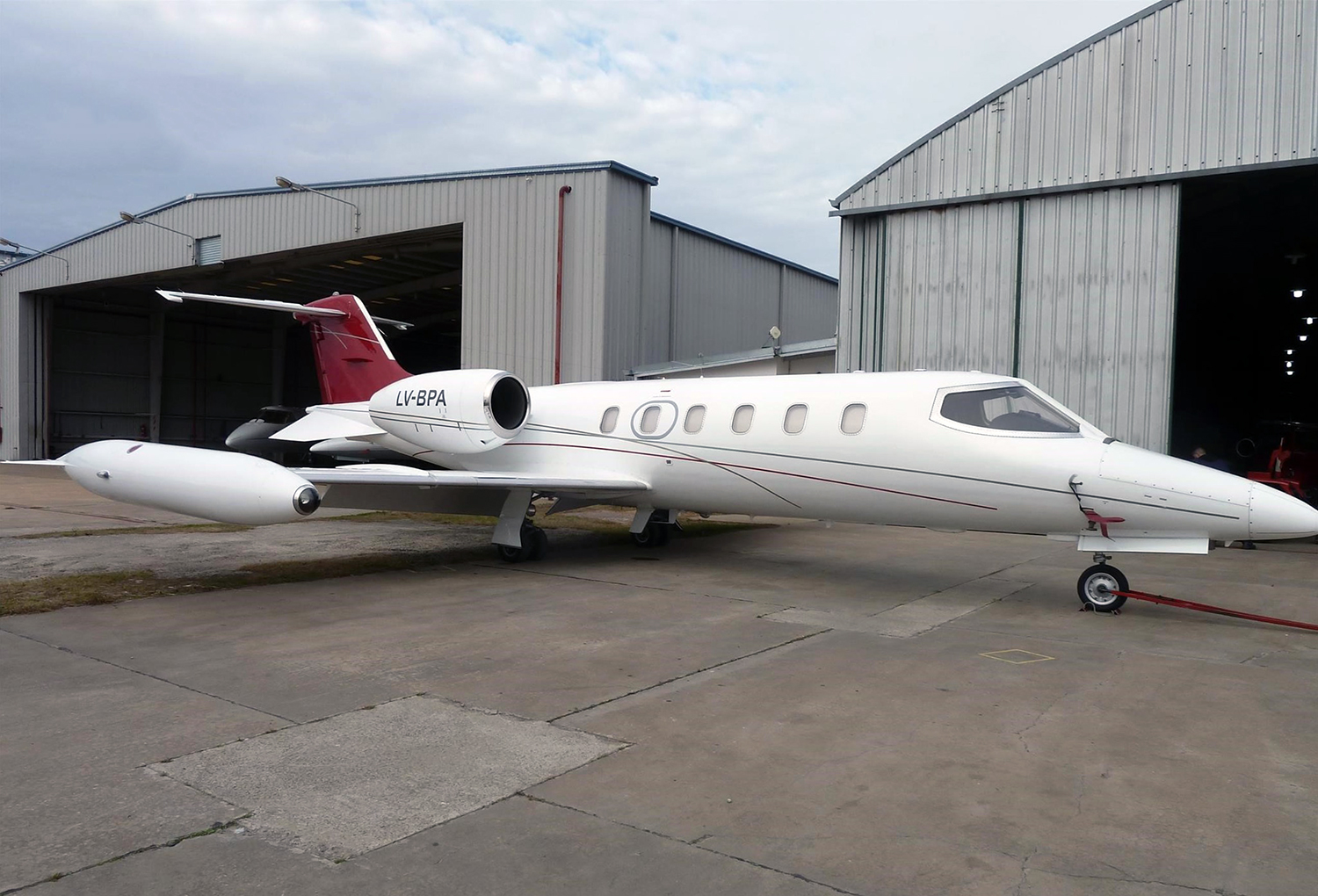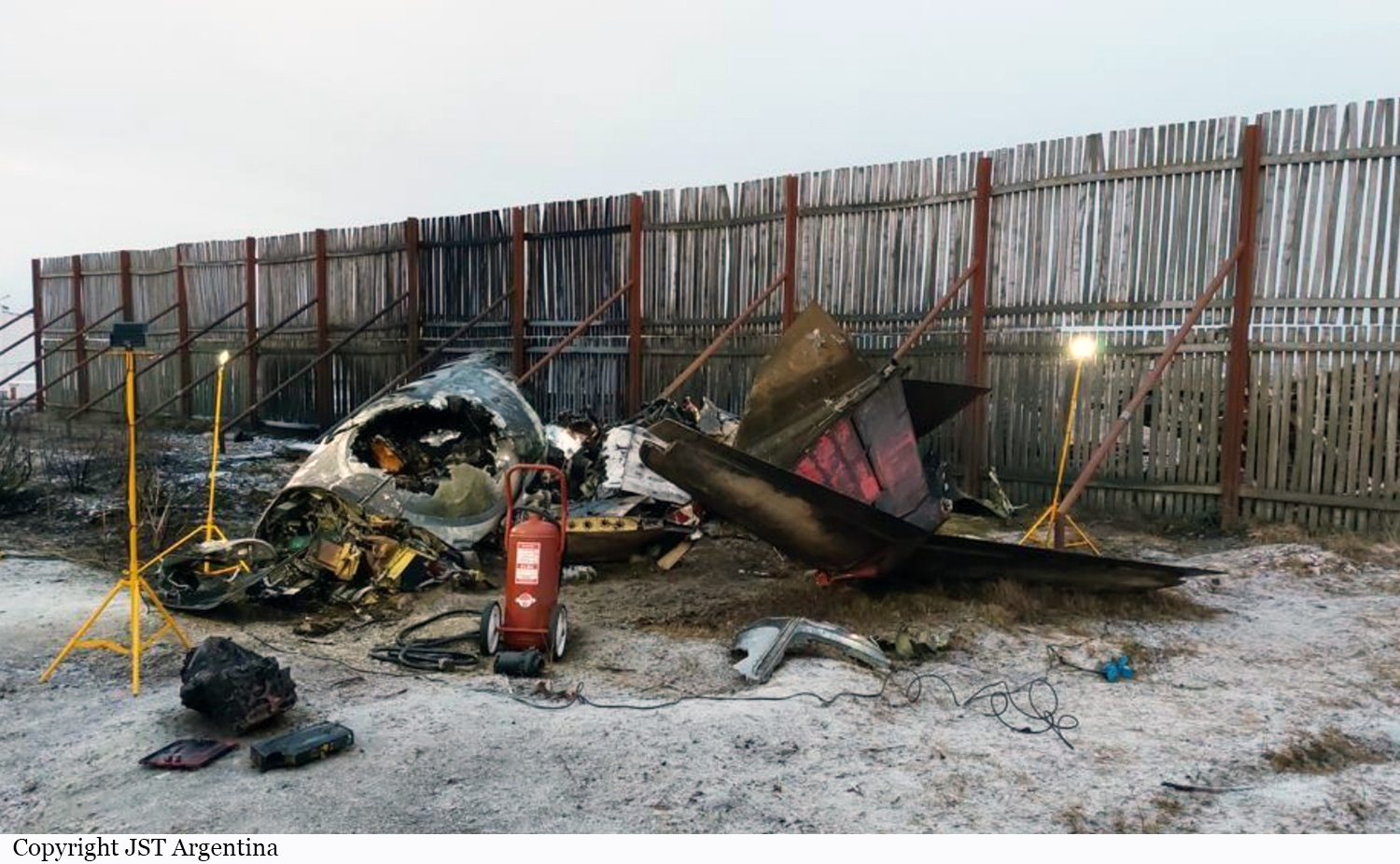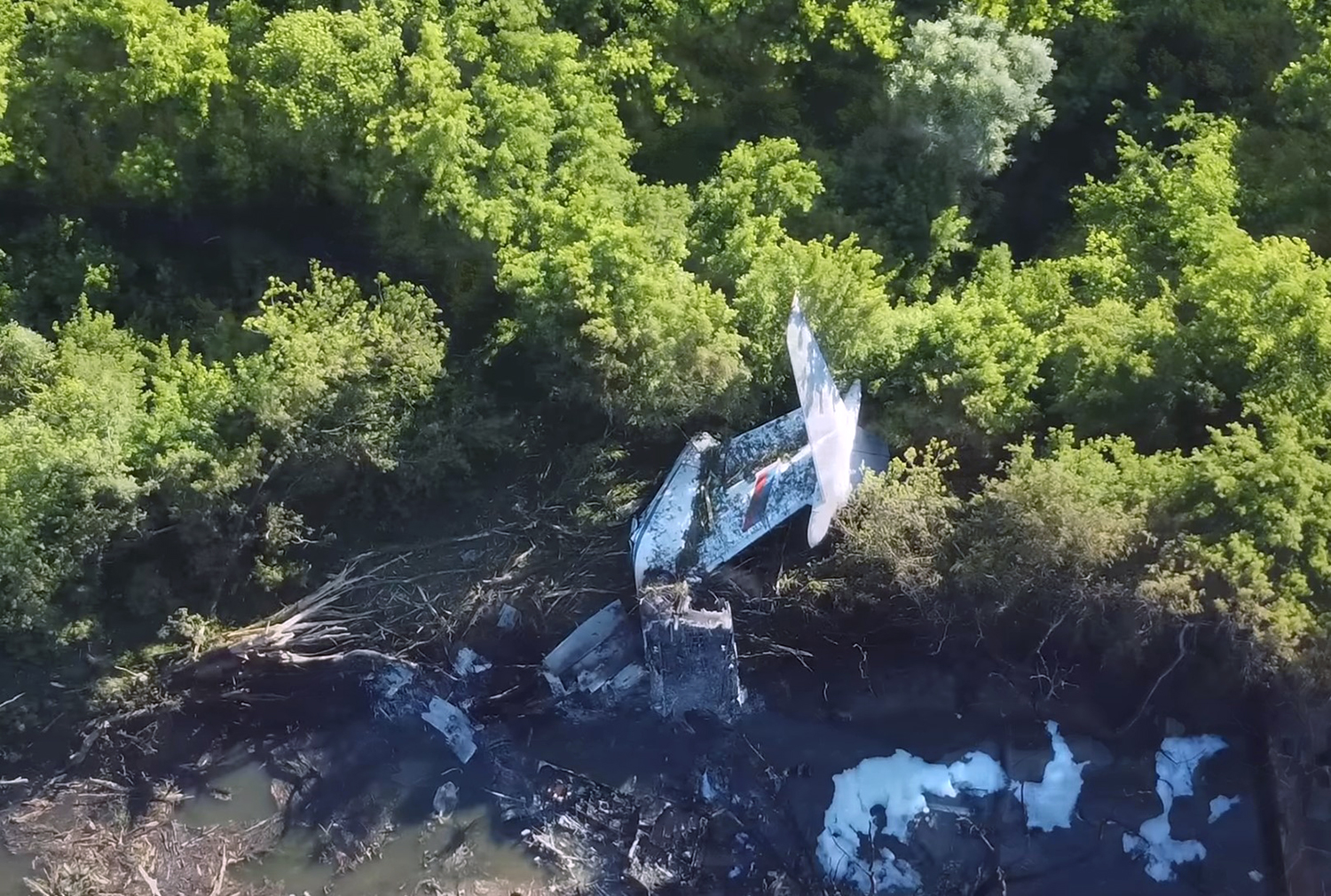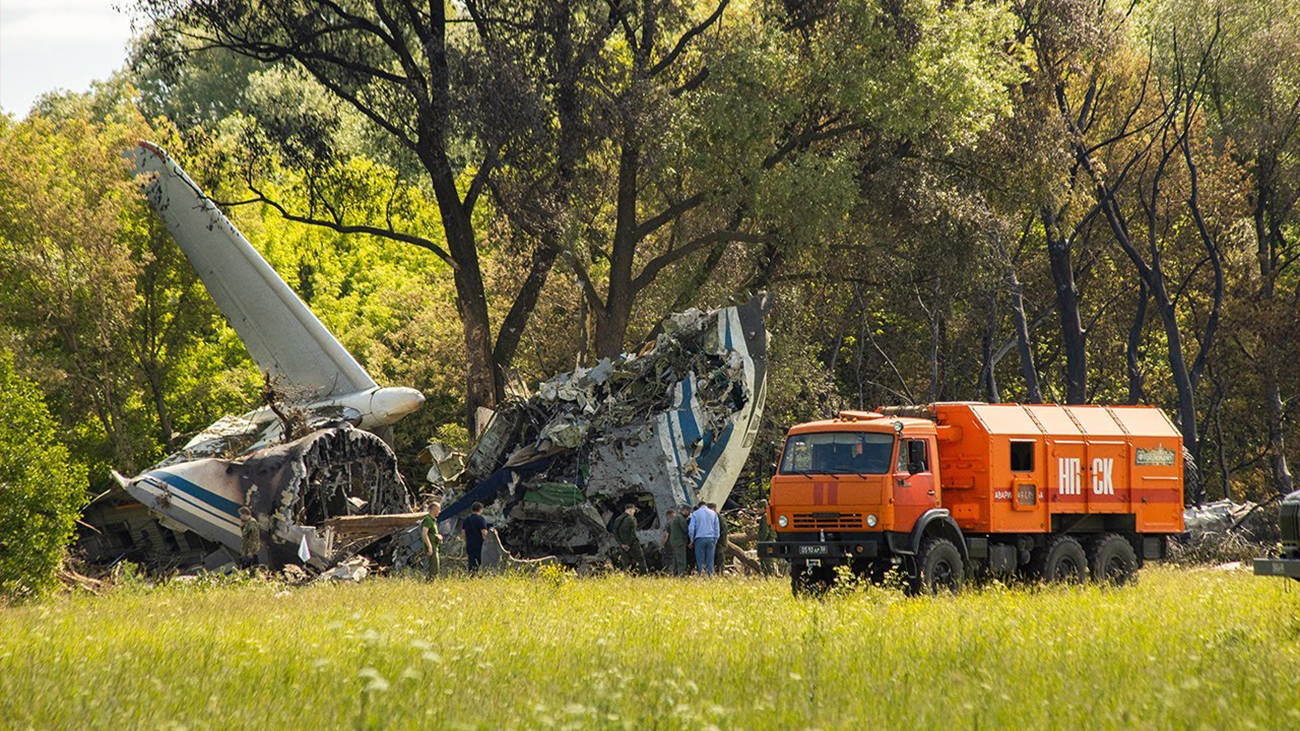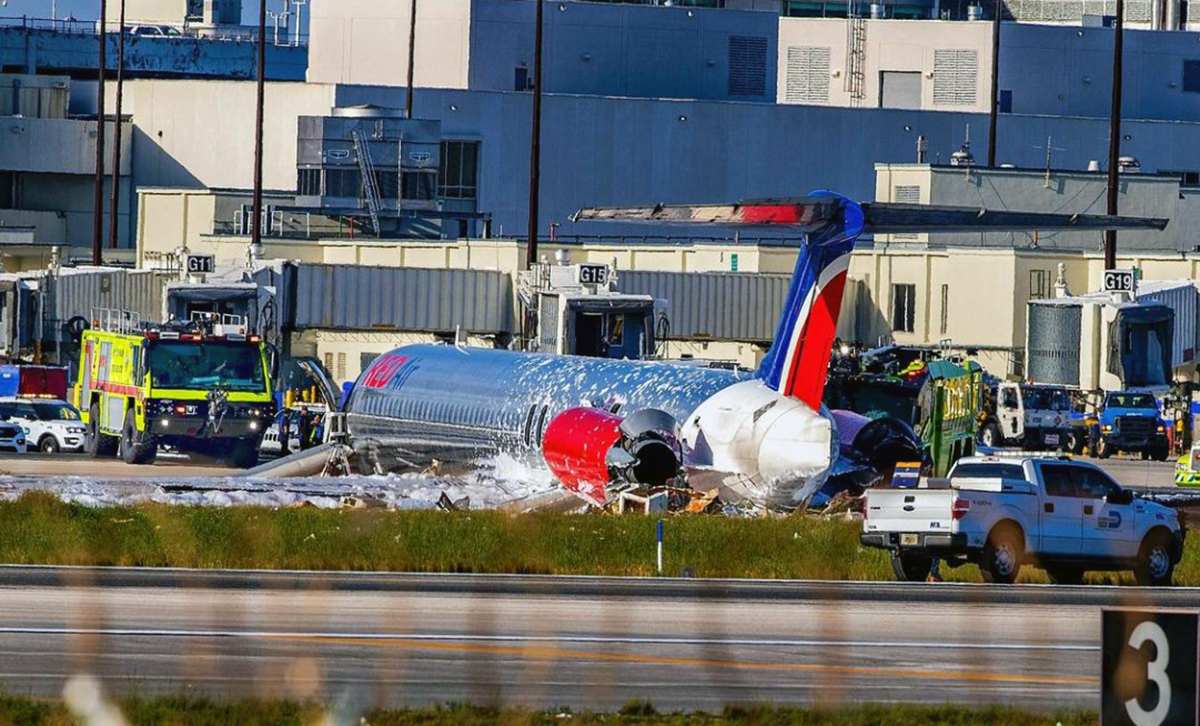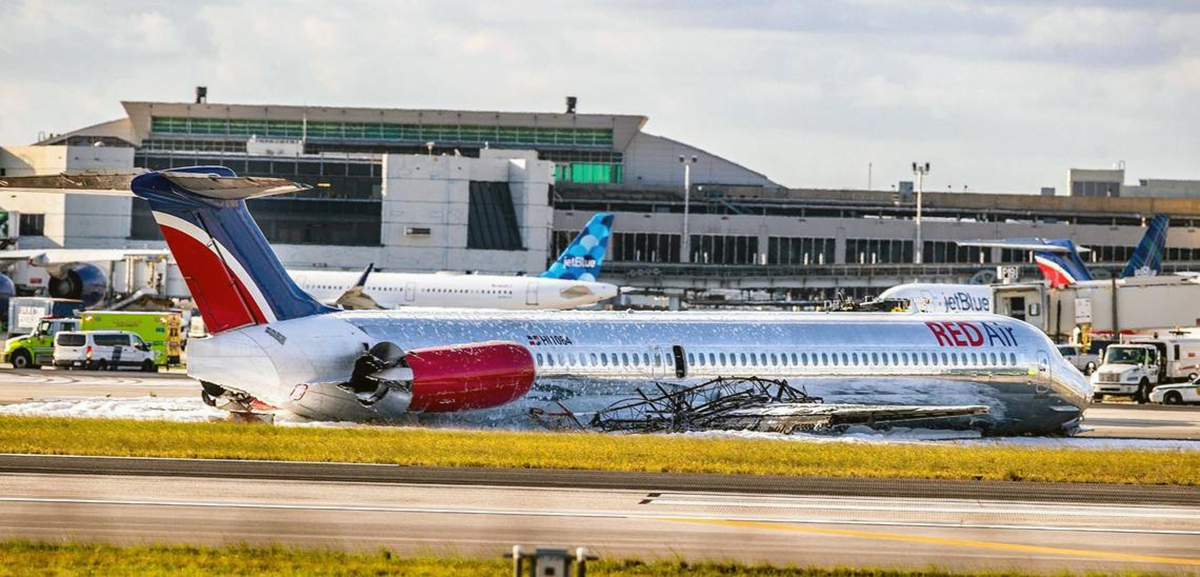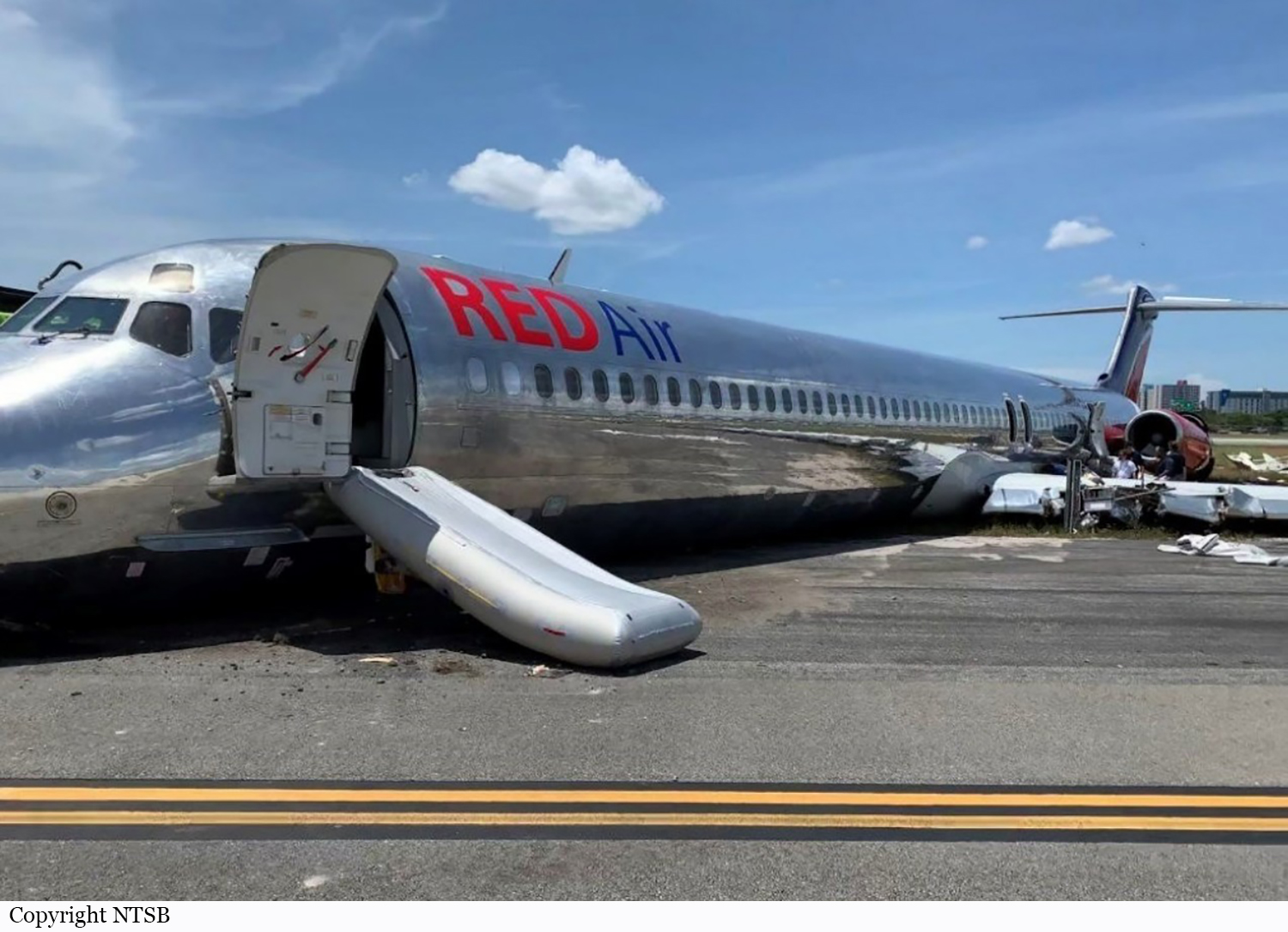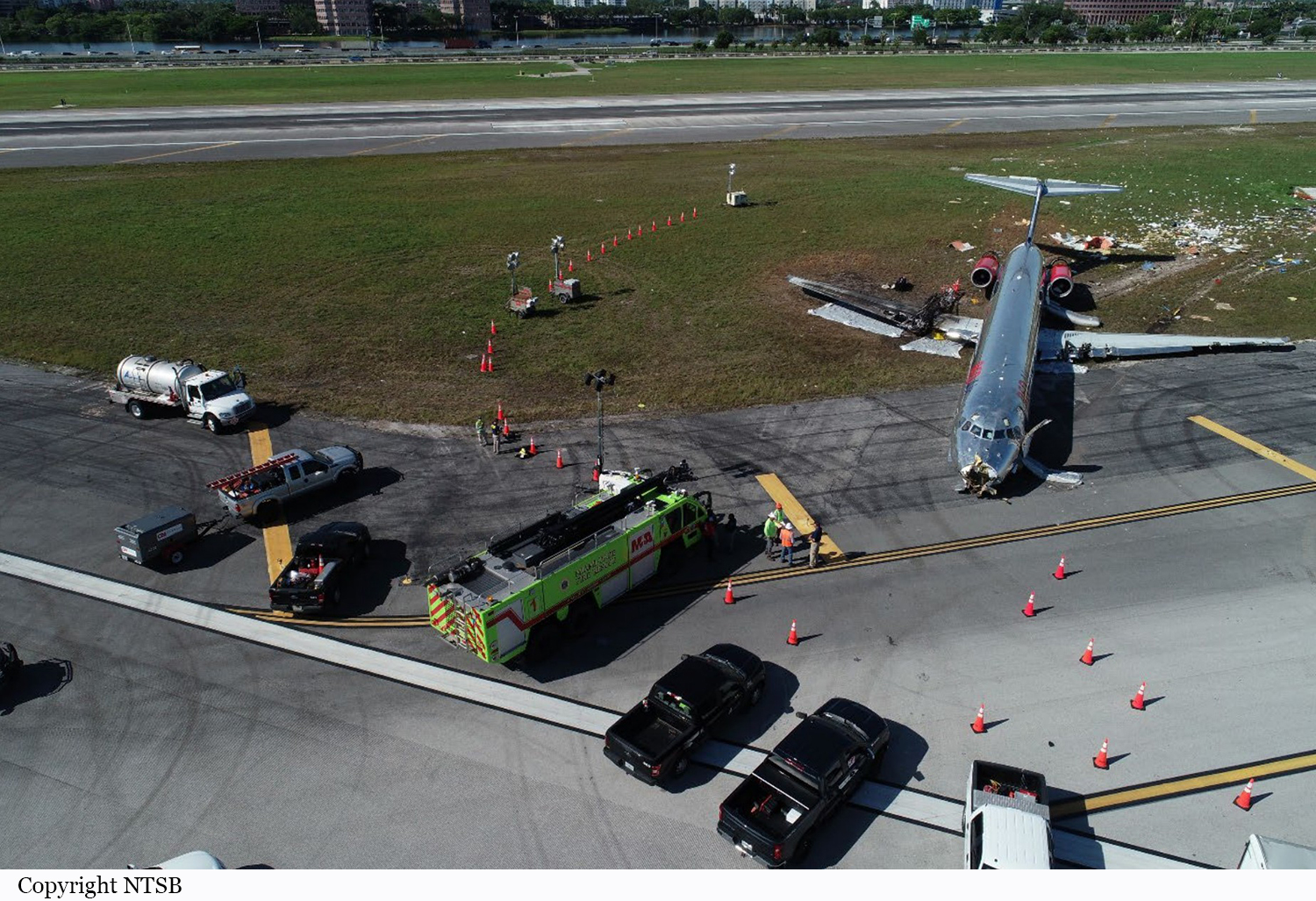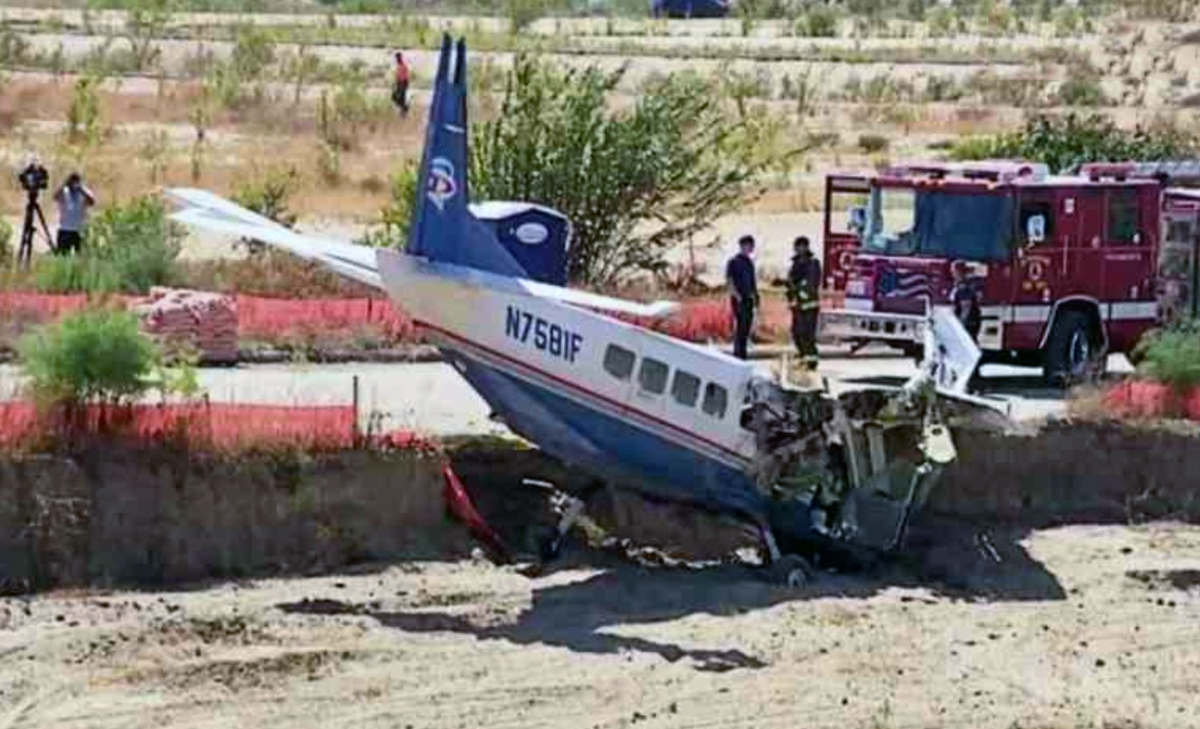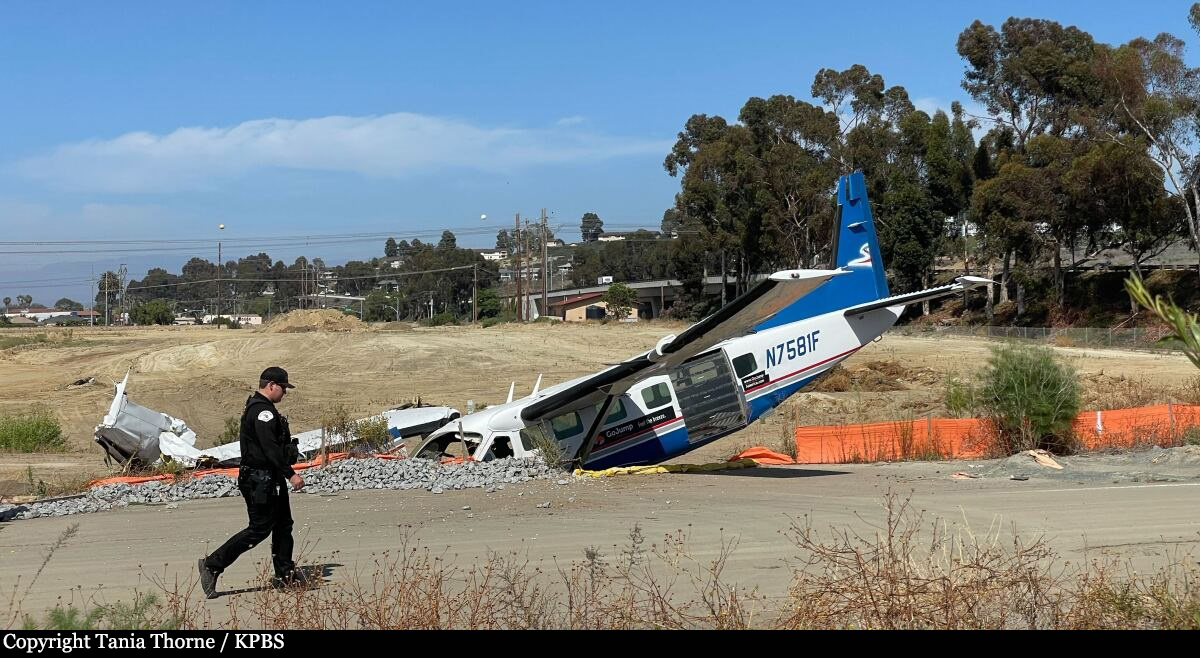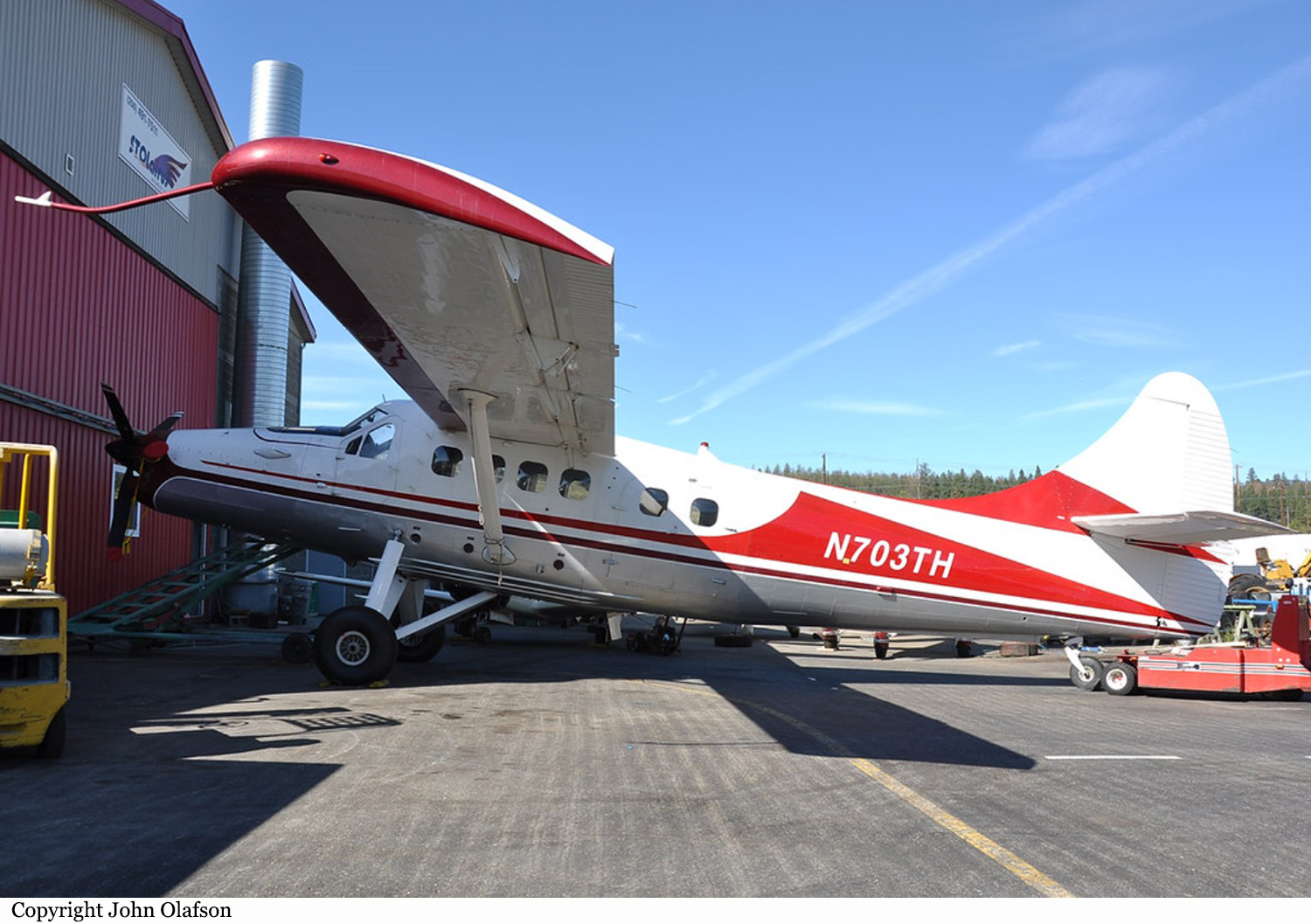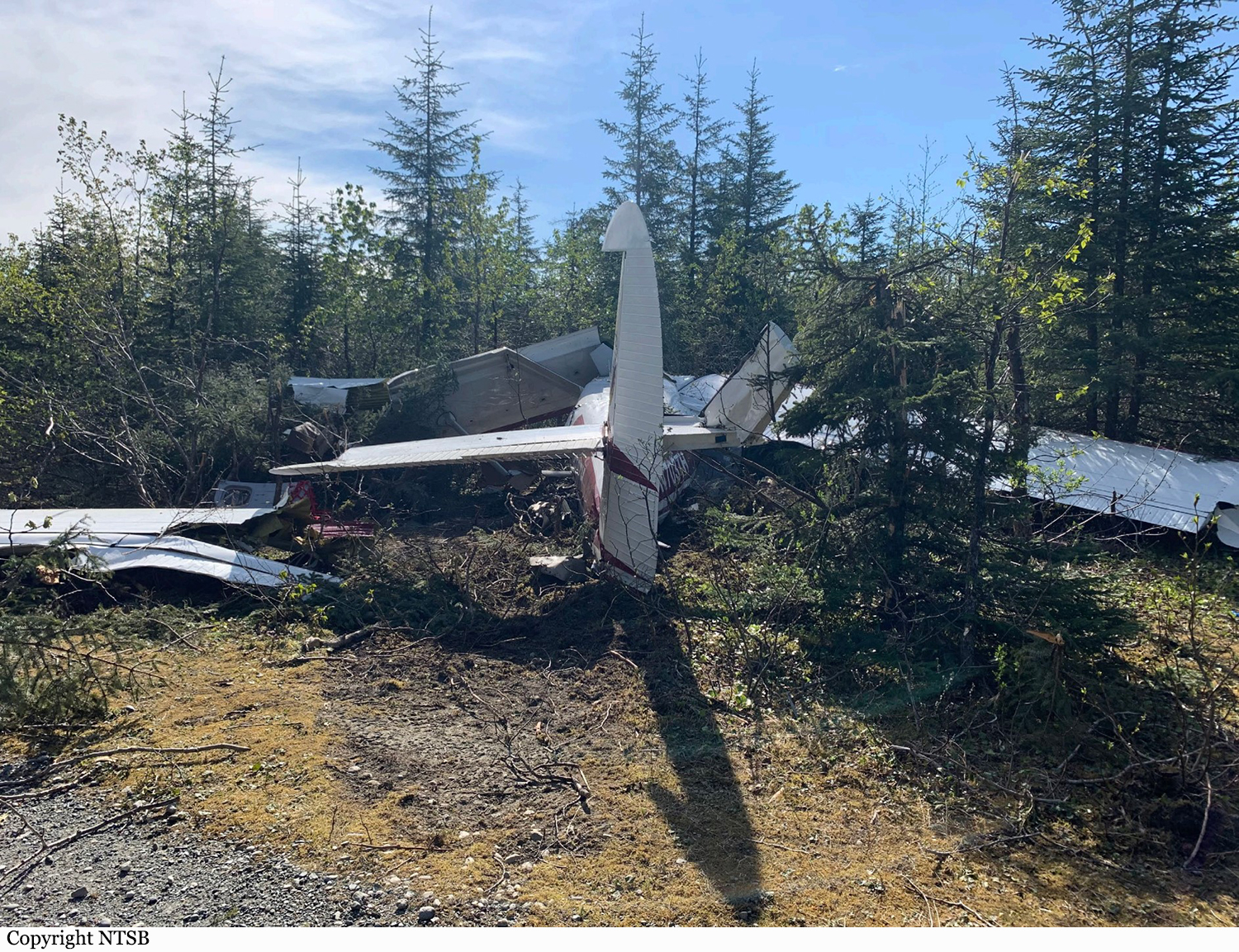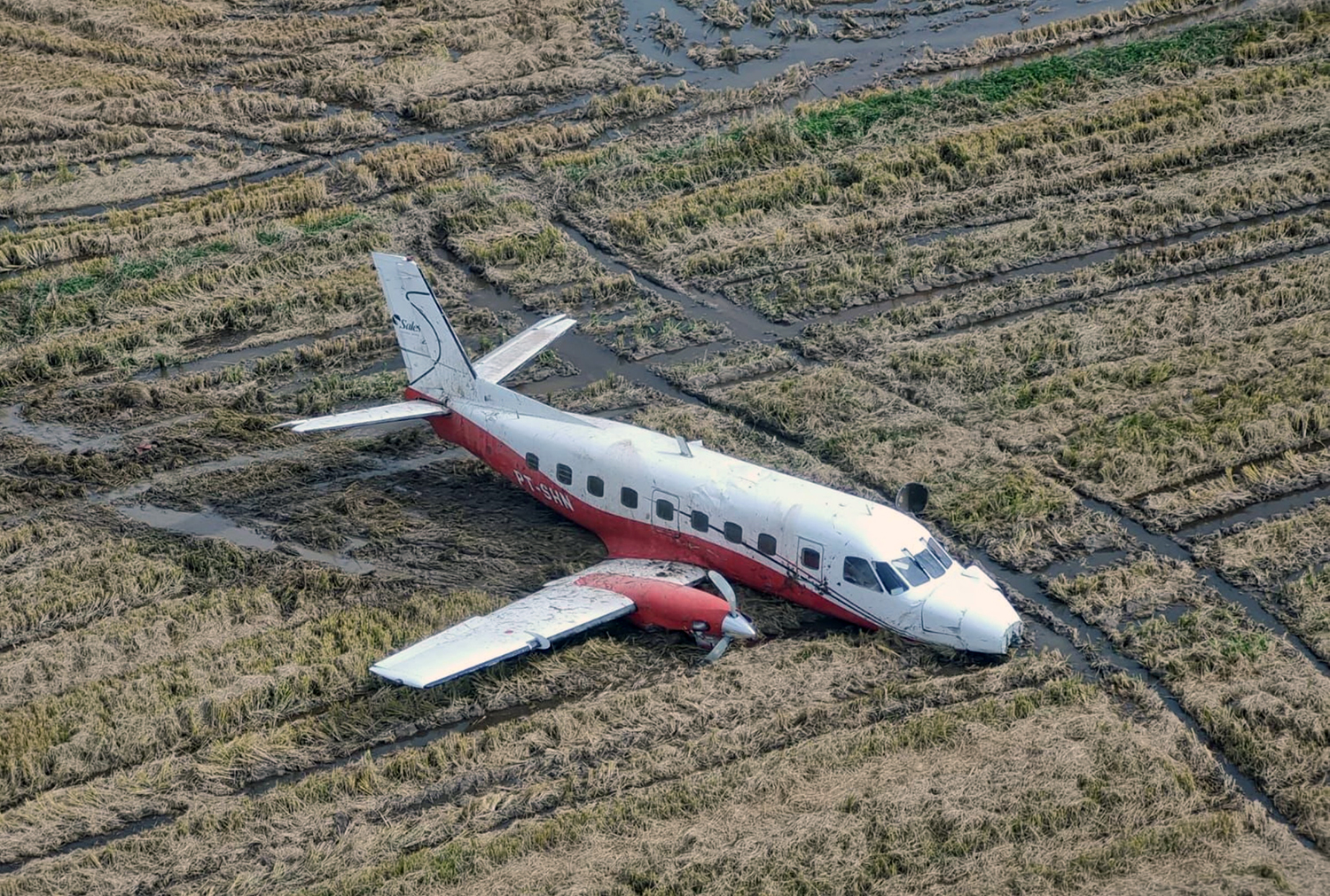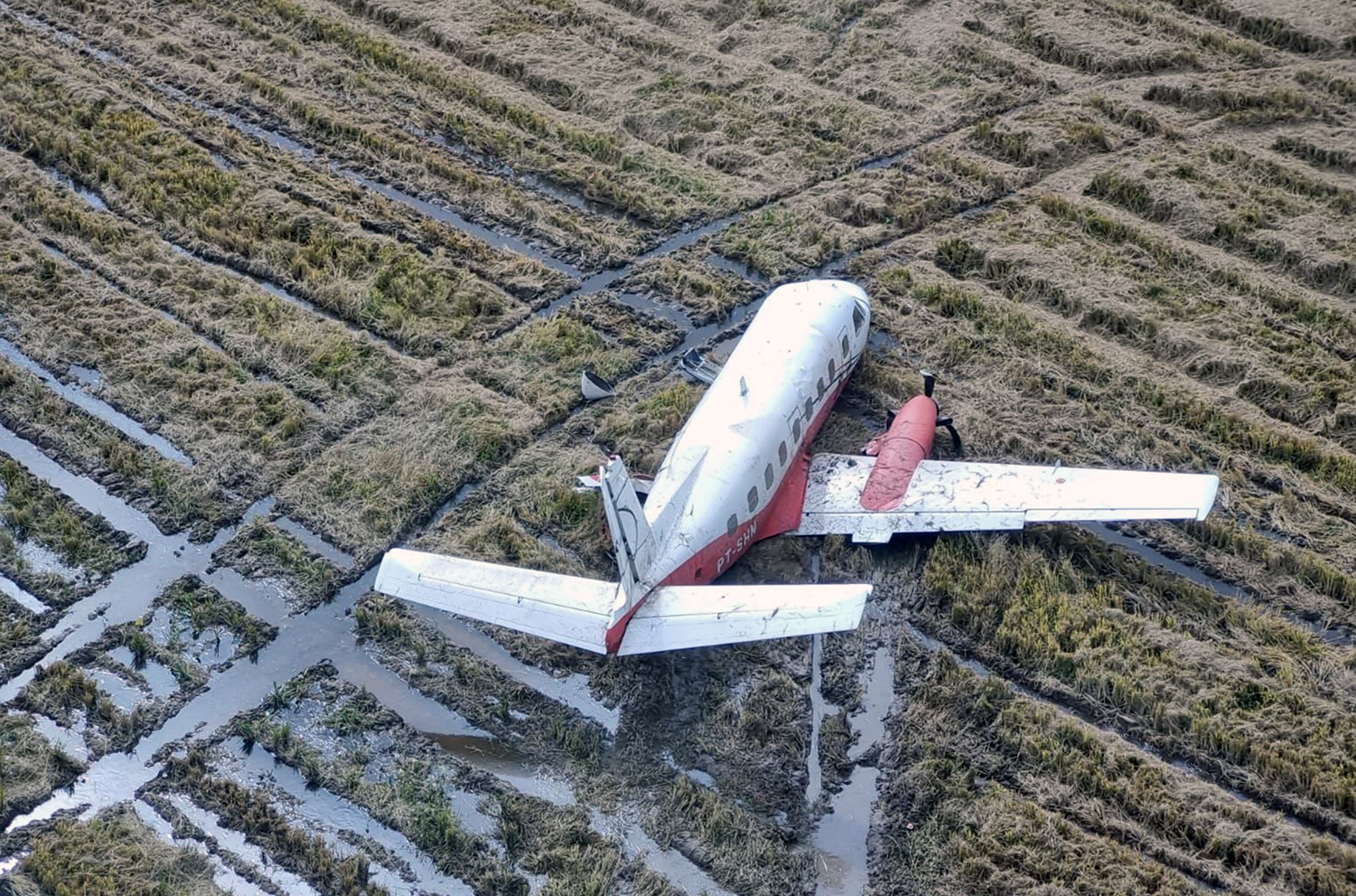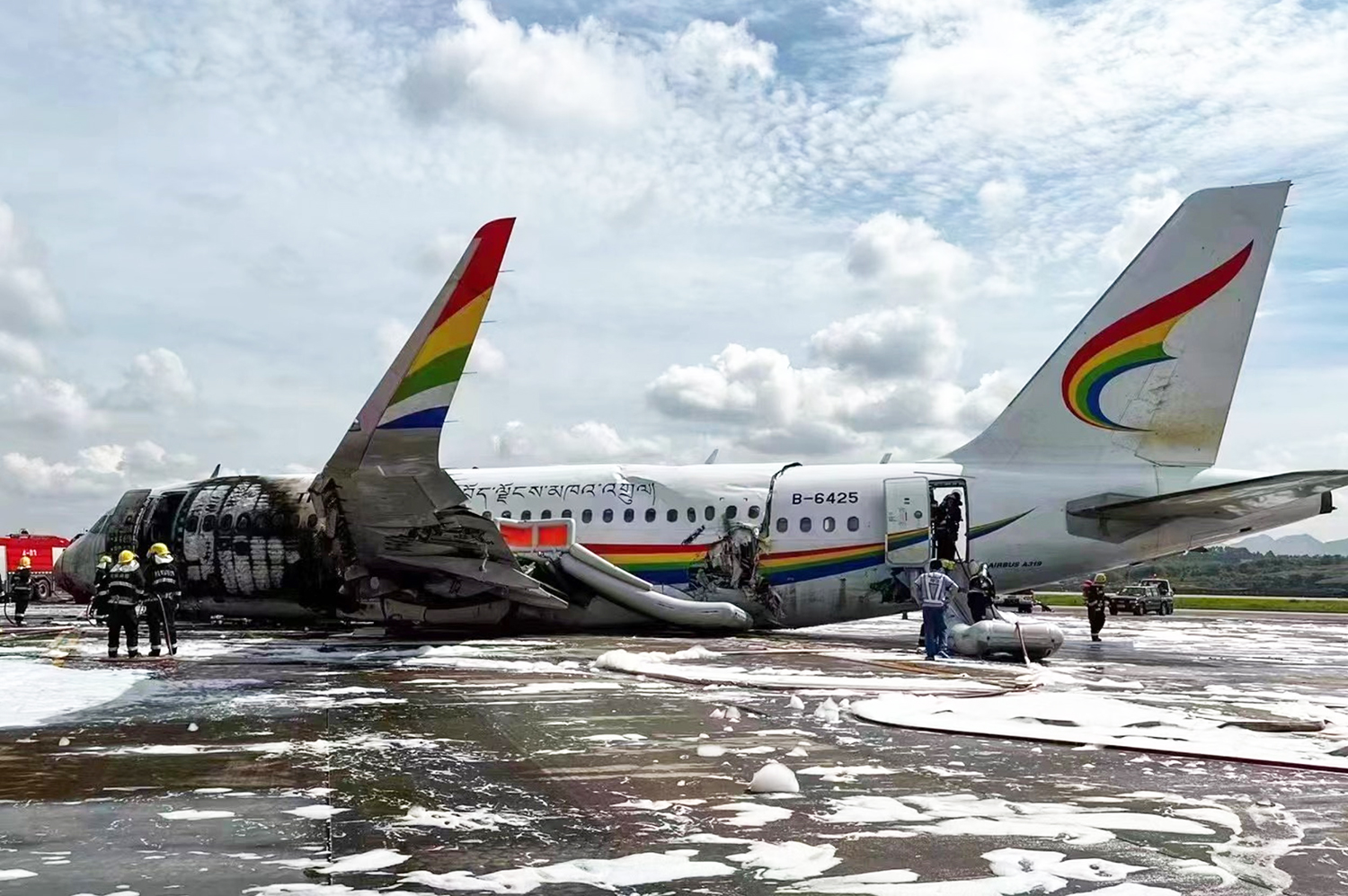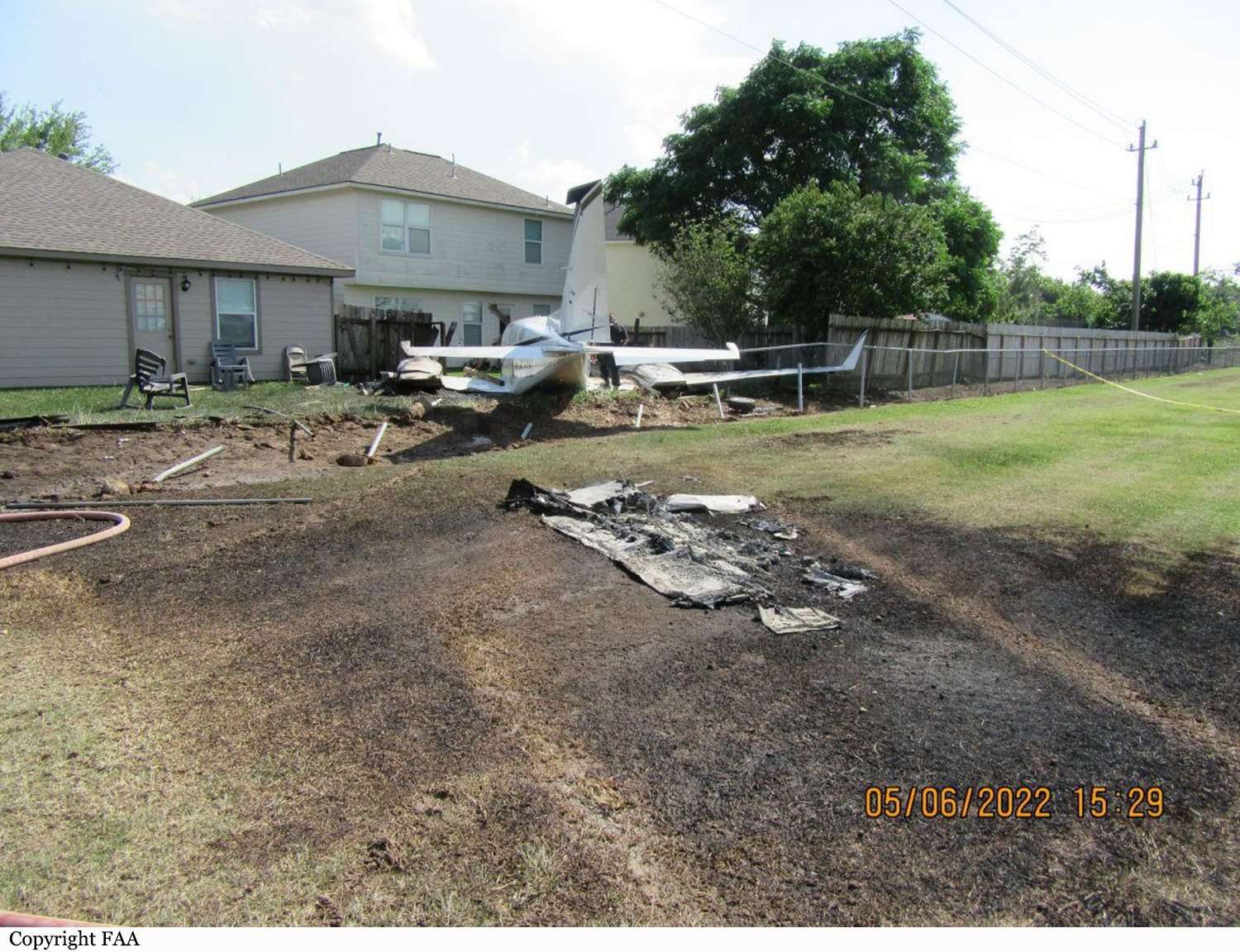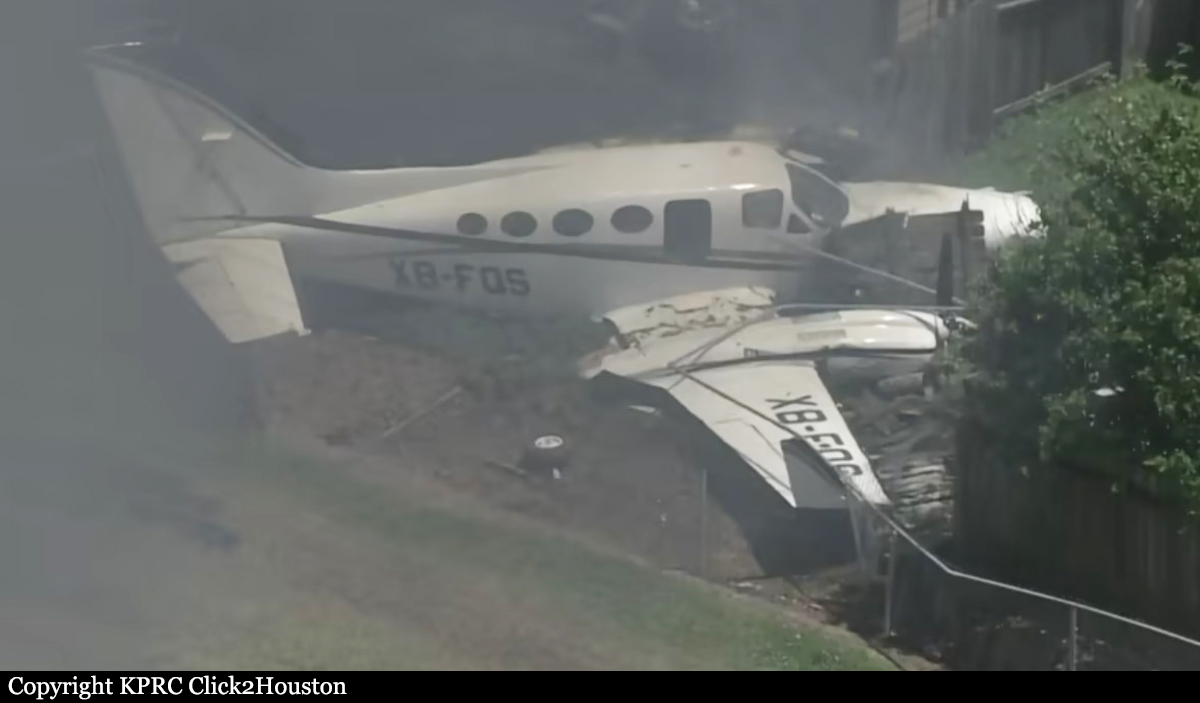Crash of a Learjet 35A in Río Grande: 4 killed
Date & Time:
Jul 1, 2022 at 1410 LT
Registration:
LV-BPA
Survivors:
No
Schedule:
Río Grande – San Fernando
MSN:
35-143
YOM:
1978
Crew on board:
2
Crew fatalities:
Pax on board:
2
Pax fatalities:
Other fatalities:
Total fatalities:
4
Captain / Total hours on type:
2122.00
Copilot / Total hours on type:
717
Aircraft flight hours:
13917
Aircraft flight cycles:
13170
Circumstances:
The airplane was returning to its base in San Fernando following an ambulance flight from Comodoro Rivadavia to Río Grande. After takeoff from Río Grande-Gobernador Ramón Trejo Noel Airport runway 26, while in initial climb, the airplane rolled to the left, nosed down and crashed in a huge explosion about 350 metres south from the runway 08 threshold. The wreckage was found 1,870 metres from the runway 26 threshold and 300 metres to its left. The aircraft was totally destroyed by impact forces and a post crash fire and all four occupants were killed.
Crew:
Claudio Canelo, pilot,
Héctor Vittore, copilot.
Passengers:
Diego Ciolfi, doctor,
Denise Torres Garcá, nurse.
Crew:
Claudio Canelo, pilot,
Héctor Vittore, copilot.
Passengers:
Diego Ciolfi, doctor,
Denise Torres Garcá, nurse.
